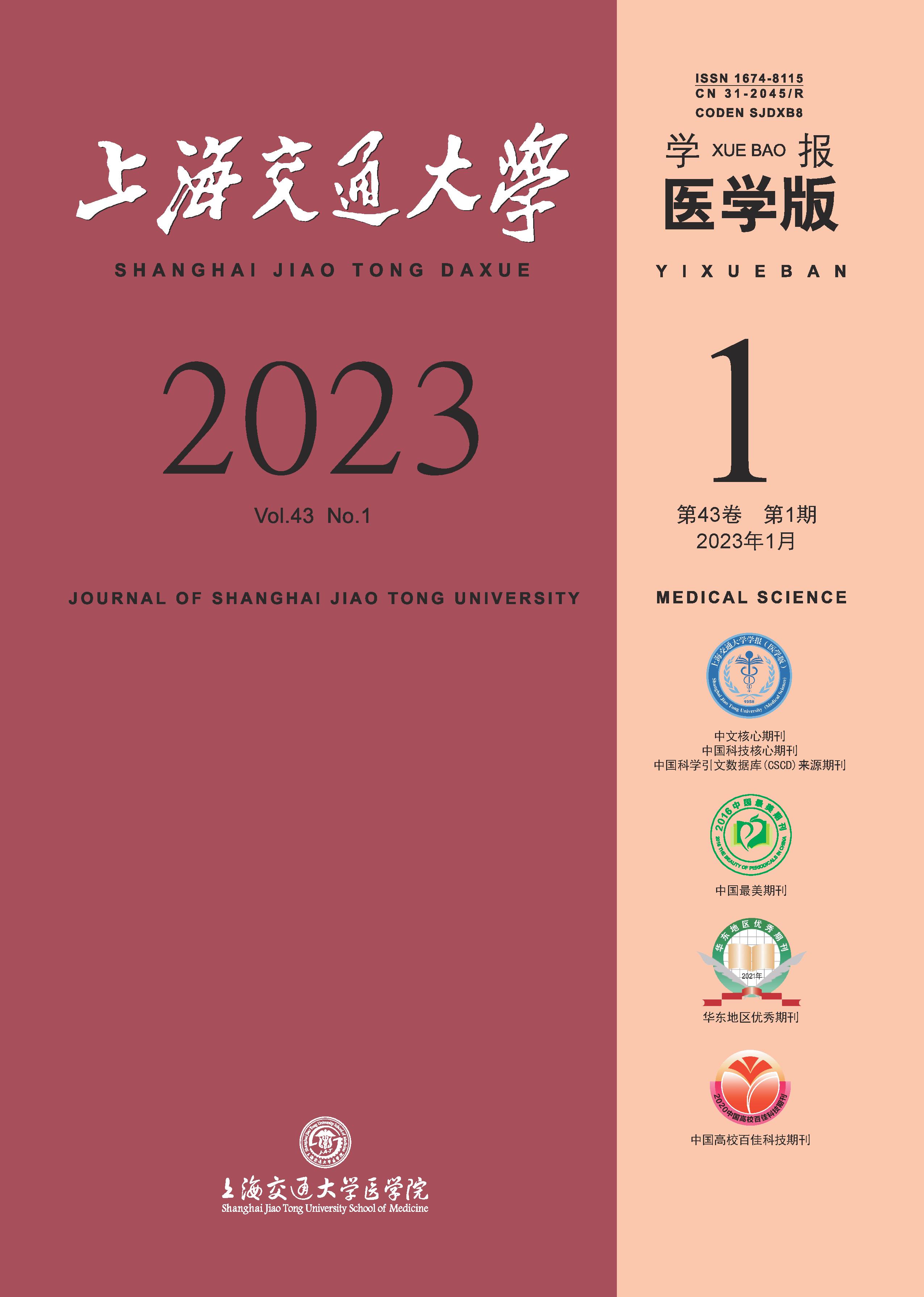Objective ·To explore the potential impact of early-life environmental exposure on childhood asthma in Chongqing, China. Methods ·A case-control study was designed. The cases with asthma diagnosis were enrolled from outpatients of the respiratory medicine departments and the healthy children without history of asthma were enrolled from health check-up clinics of the child health care departments in two tertiary children's hospitals in Chongqing from September 2020 to January 2022. The children in the two groups had all lived in Chongqing since birth and their home addresses had not changed before they were 3 years old. A self-developed “Children's Early-Life Environment Survey” was used to collect general personal data, family information, child health status, birth history, and indoor environment from birth to 3 years old (second-hand smoke, dampness and mold points in bedroom, seen cockroaches in bedroom, bedroom cleaning frequency, air conditioning and air purifier use, and decoration). Based on the home address information before 3 years old, annual particular matter 2.5 (PM2.5) exposure levels were estimated by using a high spatiotemporal resolution model. Univariate and multivariate Logistic regression models were used to analyze the early-life environmental factors affecting the development of childhood asthma. The risk factors which were statistically significant in univariate Logistic regression or had clinical significance were included in the multivariate model. Results ·A total of 220 asthma cases and 636 healthy control children were enrolled. The mean age of the asthma cases and the controls were (7.4±2.1) and (7.6±2.1) years old, respectively. There were no statistically significant differences in age, gender, gestational age, birth weight, mode of delivery, family size, annual family income, maternal education level and living space per person. Multivariate Logistic regression analysis showed that early-life bedroom dampness and mold exposure [odds ratio (OR)=2.155, 95% confidence interval (CI) 1.304?3.559, P=0.003], bedroom cockroach exposure (OR=1.830, 95%CI 1.287?2.601, P=0.001), bedroom air conditioner use (OR=2.328, 95%CI 1.098?4.937, P=0.028), second-hand smoke exposure (OR=1.762, 95%CI 1.272?2.440, P=0.001), and long term exposure to PM2.5 at one year old (OR=1.063, 95%CI 1.034?1.093, P=0.000) increased the risk of childhood asthma. Daily use of air purifier (OR=0.416, 95%CI 0.213?0.812, P=0.010) could reduce the risk of childhood asthma. Conclusion ·Early-life environmental exposure is of great significance for the development of childhood asthma. Early-life bedroom dampness and mold exposure, cockroach exposure, second-hand smoke, incorrect use of air conditioner, and long-term exposure of children to PM2.5 in the first year after birth are independent risk factors for the development of childhood asthma.

